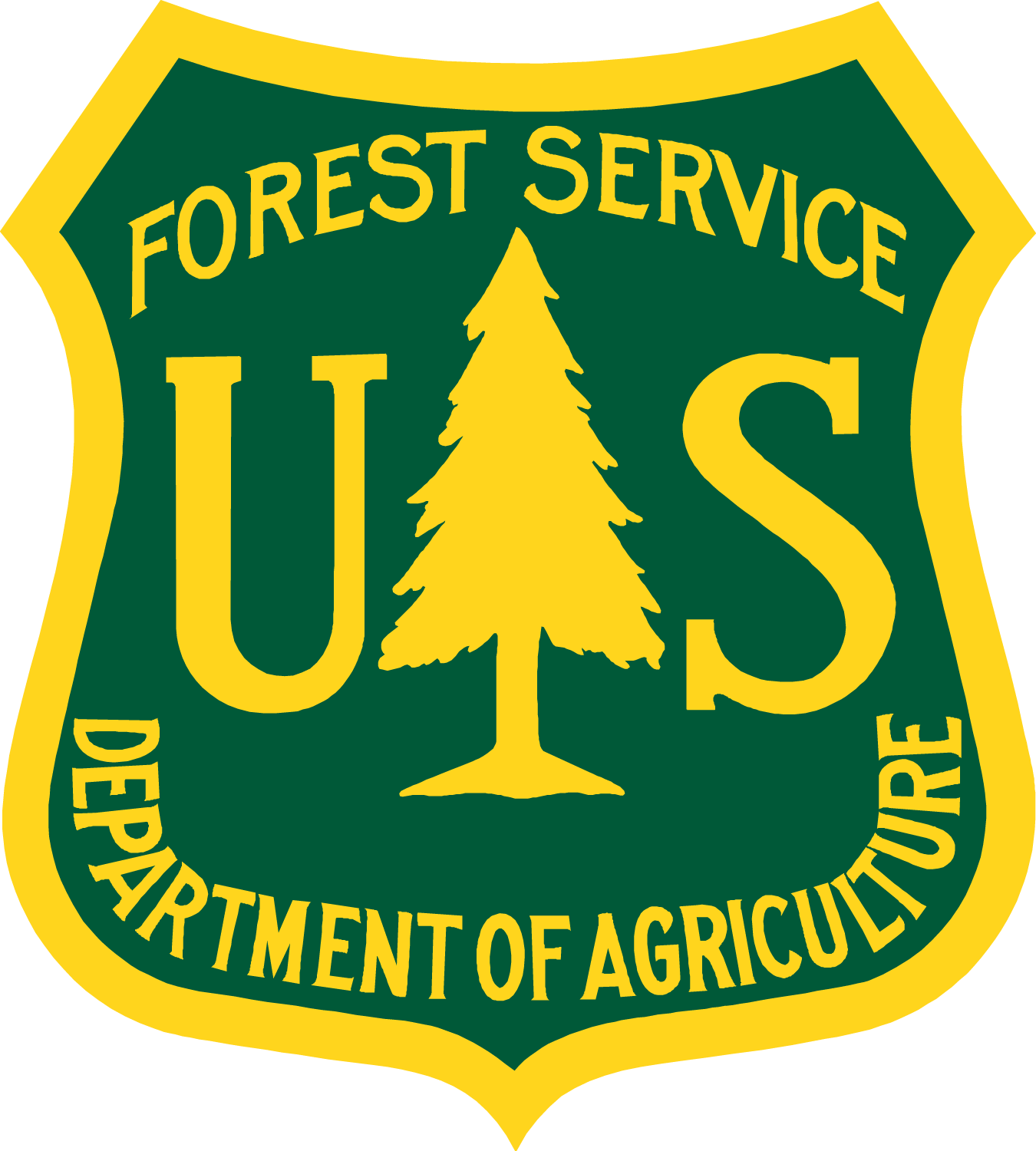Louisville boasts more than 120 parks, a vibrant economy and access to one of the largest urban forests in the country. That’s the good news. The not-so-good news: Louisville ranks 17th out of 17 peer cities for air quality.
Living there, according to The Nature Conservancy, is like living with a full-time smoker for four months every year. Incidence of asthma ranks near the top for US cities. And its urban heat island has grown faster than for any other city in the nation. Combine this with mounting canopy loss, especially in poorer parts of the city, and you create a living laboratory where researchers can develop rigorous clinical evidence that proves the link between greener spaces, cleaner air and reduced incidence of cardiovascular disease.
With this kind of evidence in hand, doctors will more often prescribe nature as part of their treatment plans. And communities can balance the costs and benefits of greening neighborhoods against burgeoning ER visits, expensive medication and invasive surgery – and, most important, easing the burden heart disease places on lower-income residents.
Partners
- The Nature Conservancy
- The Institute for Healthy Air, Water, and Soil
- University of Louisville
- Hyphae Design Laboratory
Lessons Learned
- Like other treatments, nature prescriptions need to studied, and their impact assessed, or they won’t become part of standard practice.
- Doctors, epidemiologists and hospital administrators are as important to success as tree professionals.
- Place-based, case-based research will determine whether communities can reduce the cost of health care by using naturebased planning tools?

